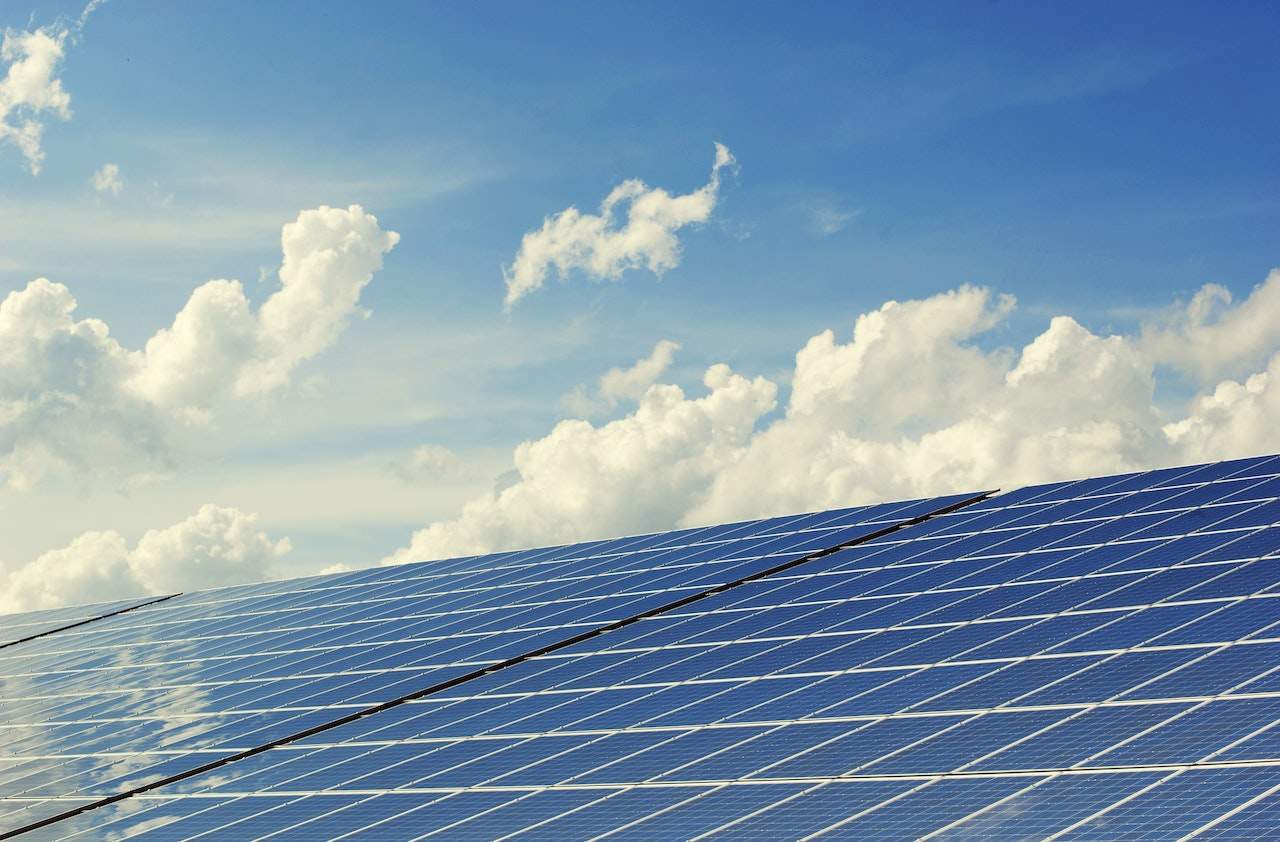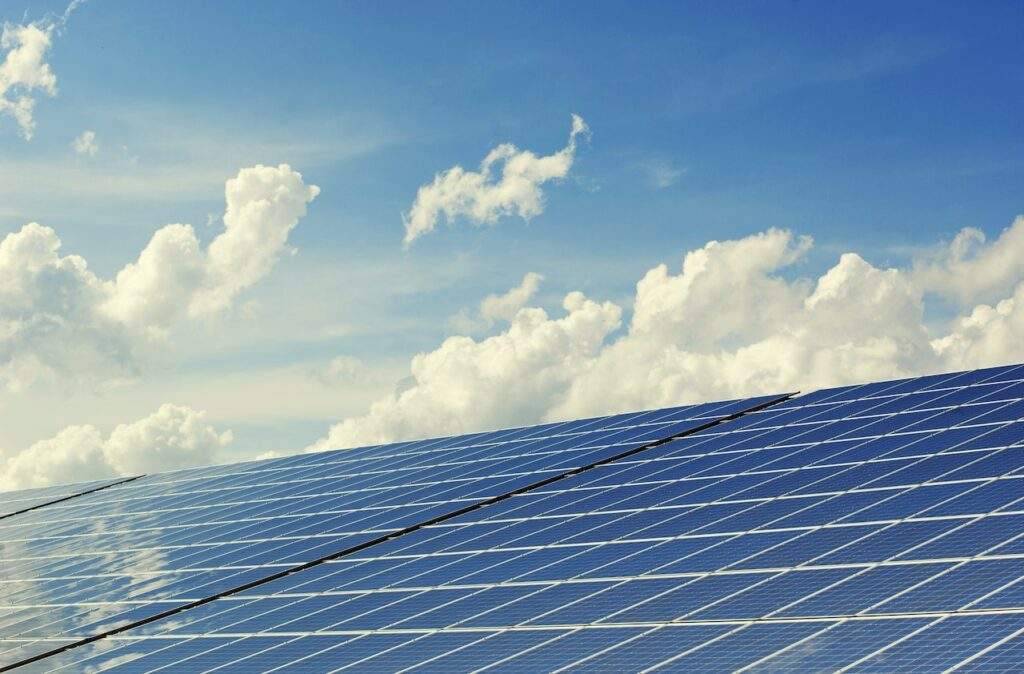
Cost of Installing Solar Panels – What You Should Expect
Solar panels are a significant investment, so getting an accurate price quote before you commit is important. That way, you can compare quotes from different installers and find the best deal. The size and number of panels, roof access, height, material and type of panels all factor into the installation cost. You should also look into tax credits and incentives that can help offset your upfront costs.
Cost of the Panels
The cost of installing solar panels can vary significantly depending on where you live and the type of system you choose. The average price of residential solar systems is around $10,000 (CAD 13,000) for a 10 kilowatt (kW) system. The overall cost of your installation includes the panels, the inverter and other equipment. It is generally a good idea to shop around for quotes and consider going with a local company to save on installation costs. It is best to know the average cost of solar panels before installing them to check whether it suits your budget. Depending on your state, you may receive extra incentives like cash back or property tax exemptions for installing solar. Additionally, solar panels are often eligible for net metering, which means you can sell excess power to the utility company. If you don’t have the money to cover the total cost of your system upfront, you can also consider a solar loan that will help you pay for your panel installation in installments over time. These loans will allow you to save on your monthly electric bill while recouping your upfront investment in the long term. Most solar panels are made from high-purity silicon cut into wafer-like cells and come in monocrystalline or polycrystalline varieties. Monocrystalline cells are more energy efficient and have a longer lifespan than polycrystalline.
Cost of the Inverter
The cost of the inverter can vary significantly depending on the type of system you choose. For example, you can buy a microinverter that links to each solar module instead of a central inverter that connects the entire system. These can help you avoid paying for a large inverter if you need to add more panels later. The inverter is like the brain of the solar panel system and helps convert sunlight into alternating current that we use in our homes and the grid. It also sends data to your solar monitoring system, so you can see how much power you’re producing. One of the best things about solar is that you’ll save money on your electric bill by using less electricity from the national grid. In addition, if your solar panels produce more energy than you need at any given time, your local utility company will compensate you for that excess power at an avoided cost. You should calculate how much energy you need from your solar panels before installation to plan. This involves multiplying your energy consumption by hours of sunlight and then dividing that by the number of panels, you need. Remember that the number of panels you need depends on many factors, including your area and climate. The more solar panels you have, the higher your energy savings.
Cost of the Mounting System
Regarding solar power, the mounting system is a critical part of the puzzle. The right one can make or break your system’s performance and longevity, and choosing a quality unit is important. The best way to ensure you’re getting the most for your buck is to research before making your final decision. You’ll want to know about financing options, tax incentives, and how much energy your system can produce over a year. You’ll also want to learn more about the solar panel’s technical features. Many different types of solar panels are available on the market, each with its merits. Thin film panels are the most flexible and can withstand higher temperatures, making them a good choice for warmer climates. They may cost more than conventional silicon panels, but their long-term payoff is worth the investment. It’s no secret that solar technology is an expensive and complicated endeavor, so you’ll want to consider your budget carefully before committing to this environmentally friendly home improvement. The best way to save money is to take steps before the installation begins, such as installing energy-efficient light bulbs and lowering water consumption. For example, you may qualify for a rebate from your utility company to offset the cost of the new equipment.
Cost of the Installation
Solar panels are a cost-effective and renewable energy source that can save money on your electricity bill. However, they require an upfront investment, so you will want to consider your budget before installing solar.
The solar installation cost depends on the number of solar panels you need, the type of system you choose, and state and local incentives. If you qualify for a federal tax credit, it will help lower the costs. Still, you can also take advantage of state and municipal solar subsidies or other clean energy financing initiatives. Depending on your home’s orientation to the sun, the shade you have and the roof type, you can estimate the number of panels you need for your installation. You can also use your utility bills to determine how much energy you use daily. You should always shop around to find the best deal on your solar panels. You can do this by comparing quotes and customer reviews from different solar contractors in your area.

















